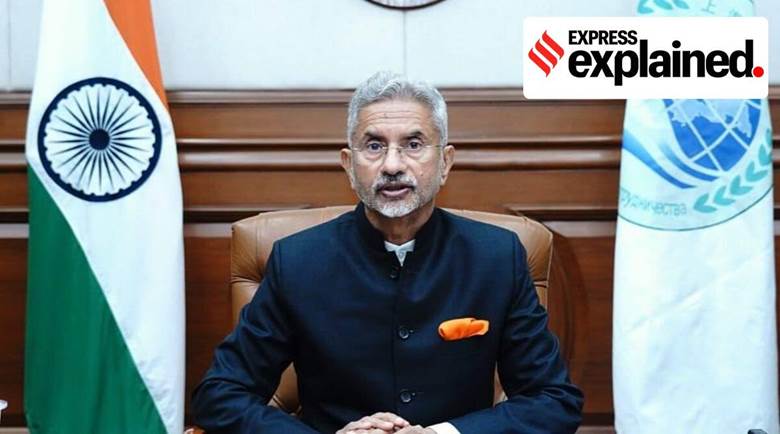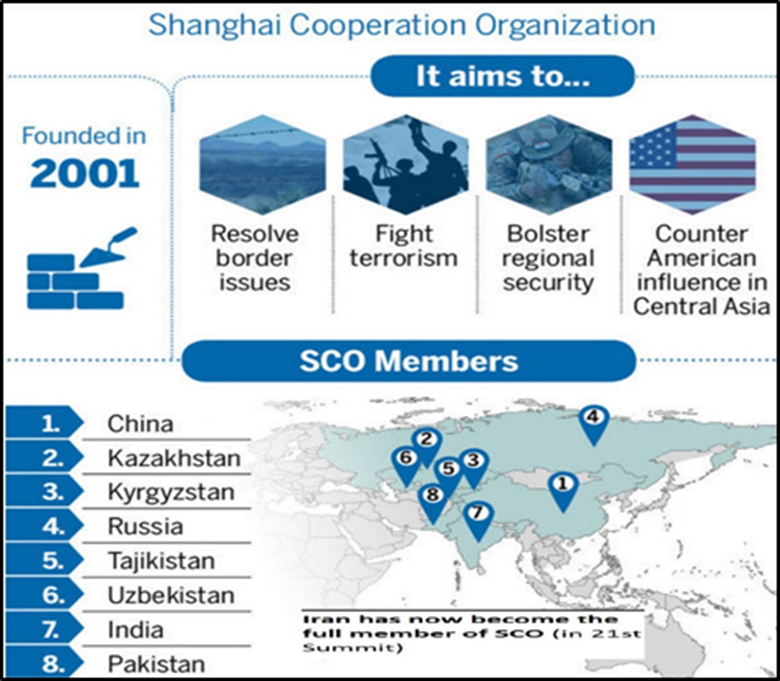Free Courses Sale ends Soon, Get It Now


Free Courses Sale ends Soon, Get It Now



Copyright infringement not intended
Context: The 21st Meeting of SCO Council of Heads of Government (CHG) was held on 01 November 2022 in the virtual format. Will unlock the economic potential of this region in which Chabahar port and the International North South Transport Corridor could become enablers. Connectivity projects should respect the sovereignty and territorial integrity of Member States and respect international law. — Dr. S. Jaishankar
Details:
Indian stand:
Shanghai Cooperation Organisation (SCO):

Background:
Investments in the Indian neighbourhood:
© 2024 iasgyan. All right reserved